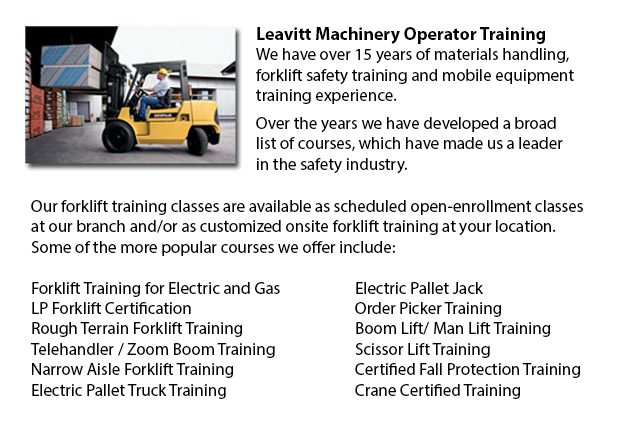
Aerial Lift Training Toronto - Aerial platform lifts are able to accommodate various duties involving high and hard reaching spaces. Often utilized to execute regular maintenance in structures with high ceilings, trim tree branches, elevate heavy shelving units or fix phone cables. A ladder could also be used for some of the aforementioned tasks, although aerial hoists provide more security and strength when properly used.
There are a couple of different models of aerial hoists accessible, each being able to perform slightly unique tasks. Painters will sometimes use a scissor lift platform, which can be used to get in touch with the 2nd story of buildings. The scissor aerial lifts use criss-cross braces to stretch and enlarge upwards. There is a table attached to the top of the braces that rises simultaneously as the criss-cross braces lift.
Cherry pickers and bucket trucks are a different version of the aerial hoist. Normally, they contain a bucket at the end of an elongated arm and as the arm unfolds, the attached bucket lift rises. Platform lifts utilize a pronged arm that rises upwards as the lever is moved. Boom hoists have a hydraulic arm that extends outward and lifts the platform. All of these aerial hoists call for special training to operate.
Through the Occupational Safety & Health Association, also called OSHA, instruction programs are offered to help make sure the workers meet occupational principles for safety, system operation, inspection and repair and machine cargo capacities. Employees receive qualifications upon completion of the lessons and only OSHA licensed personnel should drive aerial platform lifts. The Occupational Safety & Health Organization has formed rules to maintain safety and prevent injury while using aerial lifts. Common sense rules such as not using this machine to give rides and making sure all tires on aerial lifts are braced in order to hinder machine tipping are mentioned within the guidelines.
Unfortunately, statistics reveal that greater than 20 aerial hoist operators die each year while operating and just about ten percent of those are commercial painters. The bulk of these mishaps were triggered by improper tie bracing, for that reason several of these may well have been prevented. Operators should ensure that all wheels are locked and braces as a critical security precaution to prevent the device from toppling over.
Marking the surrounding area with noticeable markers have to be utilized to safeguard would-be passers-by in order that they do not come near the lift. Additionally, markings should be placed at about 10 feet of clearance amid any electric cables and the aerial lift. Hoist operators must at all times be appropriately harnessed to the hoist when up in the air.
-
Clark Forklift
Clark Forklift Forklift Training - Performing globally, there are at this time 350,000 Clark forklifts and lift vehicles in operation, with upwards of 250,000 of those in service in North America. Clark has five major lines of lift trucks across the... More -
Doosan Forklift
Doosan Forklift Training Toronto - Doosan Infracore Company Ltd. is an intercontinental establishment consisting of Diesel Engines, Defense Industry products, Industrial Vehicles, Construction Technologies and Machine Instruments and Computerization... More -
Komatsu Forklift
Komatsu Forklift Training Toronto - Komatsu Forklift U.S.A. Inc. has an outstanding reputation for building reliable and rugged forklifts. Komatsu is recognized around the world as a business with a rich heritage while maintaining an exceptional stan... More -
Crown Forklift
More -
Genie Forklift
Genie Forklift Training Toronto - Genie is a universally predictable company that enjoys the spirit of collaboration with their vast network of associated customers. Genie Industries prides itself on the vision of bringing materials and people higher... More

Forklift Certification Toronto
TOLL FREE: 1-888-254-6157
Toronto, Ontario
forkliftcertificationtoronto.com
Email Us
About Us


